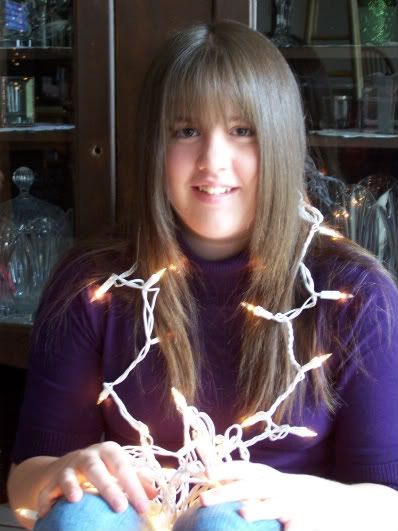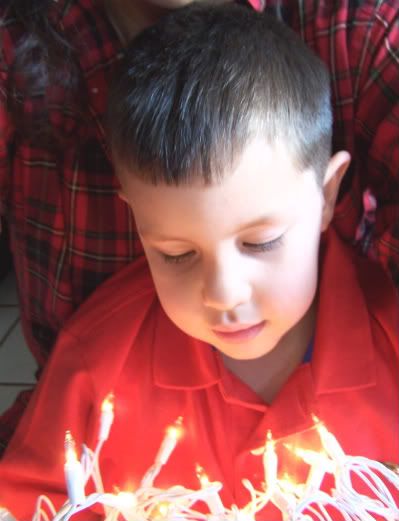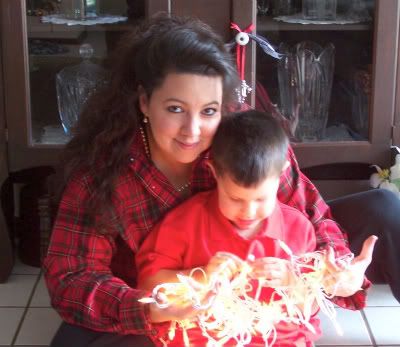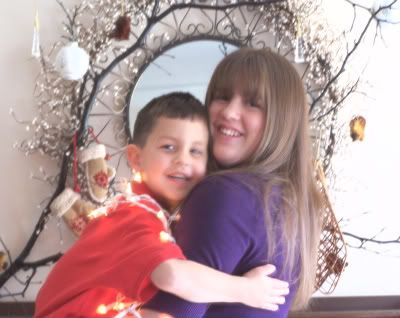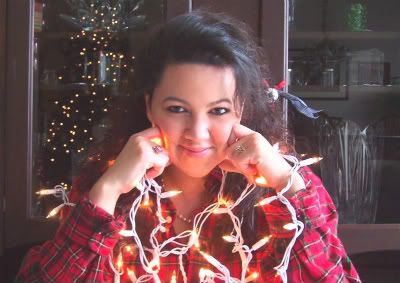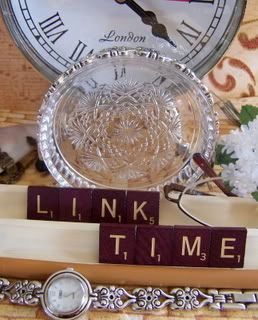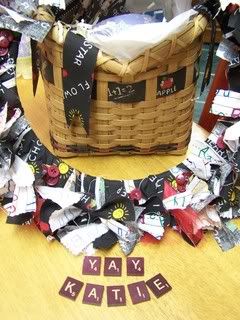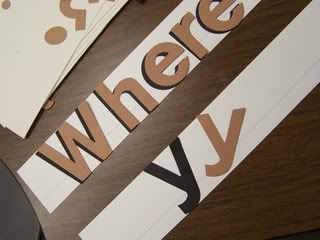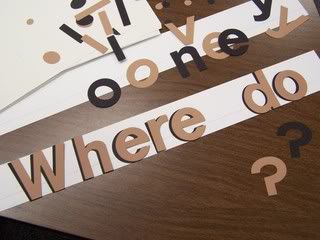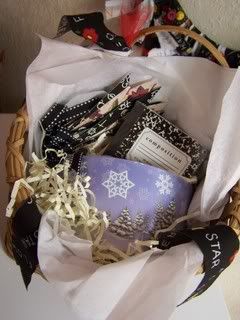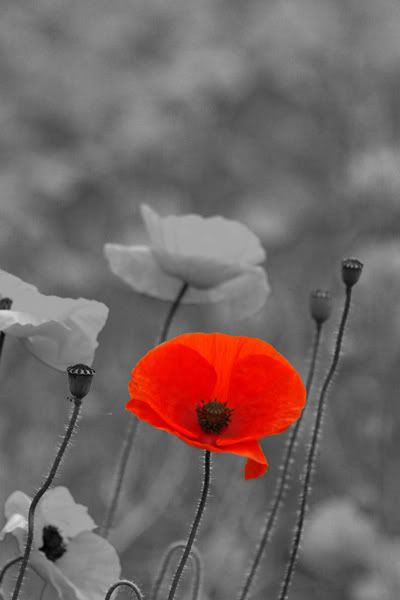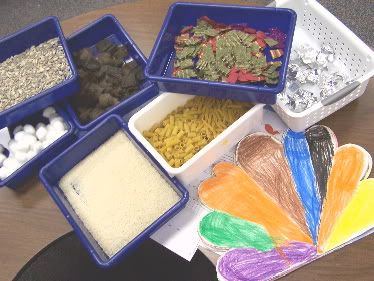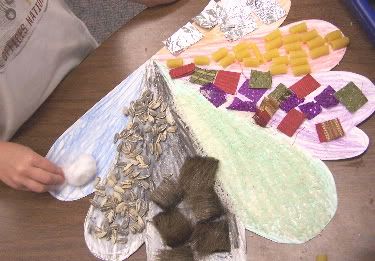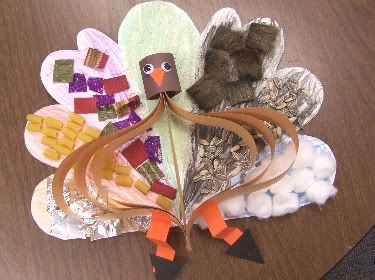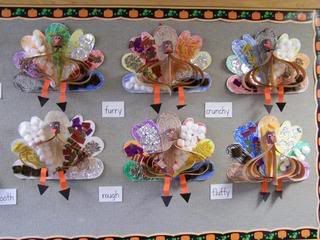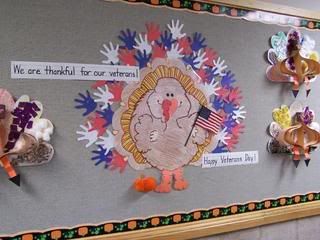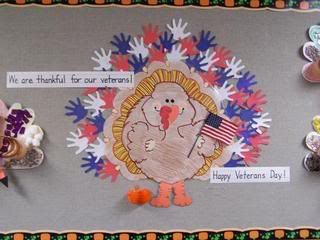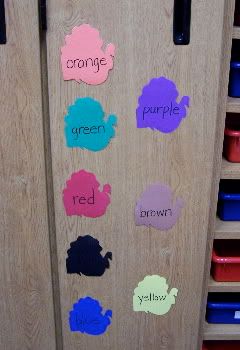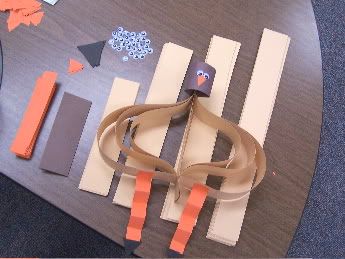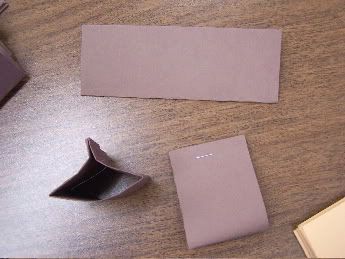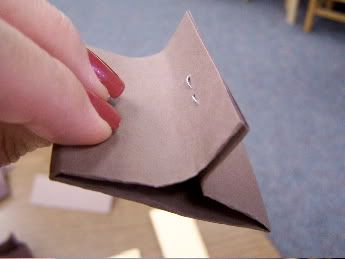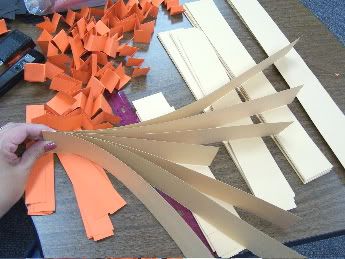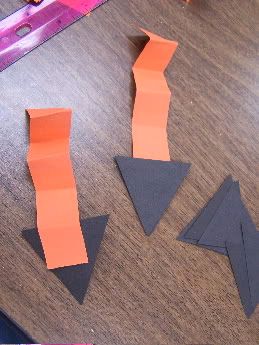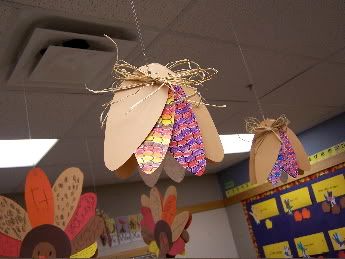I attended an afternoon seminar hosted by C. Vaughn of the Epilepsy Foundation of Kansas and Western Missouri today, and came away with so much pertinent and helpful information, I felt the need to share.
Please remember that I am NOT a doctor nor medical expert. The information I share in this post merely reflects MY understanding of Mrs. Vaughn's memorable and easy-to-understand presentation as well as the brochures and information she brought from The Epilepsy Foundation. Any snazzy phrases or quotes that you find memorable I gladly credit to her/them. More information can be obtained by your own physician, school nurse, and from The Epilepsy Foundation, www.epilepsyfoundation.org.
After what I learned today, I'd recommend that everyone familiarize themselves with this information just in case.
*****
Understanding seizures doesn't have to be scary, though witnessing a generalized/grand mal seizure might freak people out the first time. Whatever your brain can do normally, it can do abnormally. It can help you choose to get up and walk around, and it can make you get up and walk around when you don't intend to do so. Your brain can help you fasten a button on your shirt, and it can make you repeatedly paw for a button on your shirt that isn't there.
If a student, a colleague or a family member is diagnosed as having a "seizure disorder," they are epileptic. A seizure is a symptom of epilepsy. The same goes for you.
If you practice throwing a ball, you tend to get GOOD at throwing a ball. The more seizures you have, the better your brain gets at HAVING SEIZURES. Yes, "practice" makes perfect when it comes to seizure activity, which is why having them diagnosed and treated as soon as possible is important.
Anyone can develop epilepsy at any time, but no, it's not contagious. In roughly 70% of those persons diagnosed with epilepsy, the cause is not known. In the remaining 30%, the most common causes are: head trauma; brain tumor and stroke; lead poisoning; infection of brain tissue; heredity; prenatal disturbance of brain development. In other words, WEAR A HELMET WHEN RIDING A BIKE (MOTORCYCLES TOO!), SNOWBOARDING, SKIING, SKATEBOARDING, etc. Protect your head.
*****
A "generalized tonic clonic" seizure involves the whole brain and a complete loss of consciousness briefly or for longer periods of time. These can be referred to as "grand mal," and can last for up to five or more minutes. Should you witness a person beginning to have this type of seizure, look at your watch or a clock and note the time. Make sure the person is on the ground/floor and on his/her side. Do NOT restrain the person in any way, merely act as a buffer between him/her and any sharp, hard, or otherwise dangerous objects. If the person wears glasses, or has something tight or constricting around his/her throat, remove those items. Put a pillow, rolled up jacket or sweater, or even cup your hands under the person's head so s/he doesn't sustain a head injury. Move furniture out of the way. Do NOT put anything in or near the person's mouth (no, we can't swallow our tongues) to include ORAL anti-seizure meds. It is not necessary to speak to, hold, or console the person having the seizure as s/he can't hear you- it's more important to keep track of the time elapsing.
Remember, the person "seizing" should be carefully moved on to his/her SIDE in case s/he vomits or produces excessive saliva during the episode.
You cannot stop a seizure by restraining the person, in fact it's more likely that you will injure him/her or yourself if you try.
ORAL anti-seizure meds will not work once a person has started to seize. Diastat is, to put it bluntly, a *rectal* med similar to Valium that can only be administered by a nurse/doctor or TRAINED parent/teacher. It is a prescribed medication, so not all people suffering from seizures will have it as a treatment.
Some individuals affected by a seizure disorder might opt for VNS, Vagus Nerve Stimulation, a device implanted in the chest (and back of the neck) to deliver electrical stimulation to the Vagus nerve located in the neck. A student with such a device will usually have a para/aide who will keep a magnet that is "swiped" across the VNS device at the onset of a seizure- 30-ish% of people who use the VNS experience great results (seizure averted), another 30-ish% only have so-so results (duration of seizure diminished), and an additional 30-ish% of receive no benefit at all. The last ten percent seems to account for the scientific "-ish" fudge factor.
Atonic and absence seizures have symptoms that might manifest themselves as:
~ A limb or part of the body that twitches or jerks
~ Sensory messages that no one else can see/hear/smell/feel (a story shared with us was about a woman who smells something burning as her seizures begin though there is no fire/heat source/smoke etc. near. Another seizure patient experiences the feeling of terror as he seizes, true there's-a-gunman-coming-to-shoot-my-family emotion).
~ Performing repetitive actions (involuntarily trying to fasten a button that doesn't exist)
~ Wandering around while "glazed over" or "zoned out"
~ Aggressive behavior while wandering (person might even make vocalizations, noises or speak)
~ Hallucinations
~ Undressing oneself or behaving in a way s/he normally wouldn't in public
~ Complete loss of muscle support (person suddenly collapses to the floor but does NOT thrash or spasm)- this one results in a lot of injuries 1) because it's so fast no one can catch or soften the fall and 2) it can happen anywhere, at anytime (shower or tub so a person drowns)- this is the "drop" or atonic seizure
~ Staring off, eyes open (but person is unconscious)= "absence" seizure (also known as "petit mal")
*****
During partial seizures, the individual might be able to hold a conversation with you as her arm flails uncontrollably. The part of her brain "seizing" controls her arm function, but not her communication center. Another person might stop speaking in mid-sentence, zone out for 3-10 seconds, then begin speaking again right where s/he left off, unaware that a seizure has taken place. Again, keep track of the time that elapses during these seizures, as well as how often they occur.
*****
Not all seizures require medical attention, but make sure to know what your district's/school's plan is/requirements are in regard to emergency procedures. Some individuals can recover after a seizure quite quickly. Others might be disoriented, nauseous and/or tired. Some seizure patients may have to spend the rest of the day in bed.
*****
What triggers a seizure?
~ For individuals *already diagnosed and treated* with a seizure disorder, missing or deciding not to take prescribed anti-seizure meds can bring one about. Keppra is expensive, so sufferers might try to stretch out their supply. While less expensive generics are available, they're not always prepared the same way, so patients might be able to use one generic brand, but not another. There's no way to know which generic brand might work except by trial and error. When pharmacies decide to change their drug supplier/manufacturer, they don't always tell seizure patients, and the swift-o-change-o is only discovered after the new-unknown-to-them drugs don't work.
~ Stress/anxiety
~ Hormonal changes (in women, puberty, pregnancy, and menopause are tough times for individuals suffering from seizures- estrogen is NOT your friend, big surprise)
~ Dehydration
~ Lack of sleep/extreme fatigue
~ Photosensitivity (but no, disco balls/flashing lights will NOT cause everyone to have seizures!)
~ Drug/alcohol use, drug interactions
*****
You never know when a student, colleague, or even undiagnosed family member might have a seizure and require your help. Fliers, brochures, and first aid for seizure posters (I have two on notebook-sized pages- I'm going to suggest to our nurse that we obtain enough for every staff member) are available from the Epilepsy Foundation: www.epilepsyfoundation.org or at 800-332-1000.
